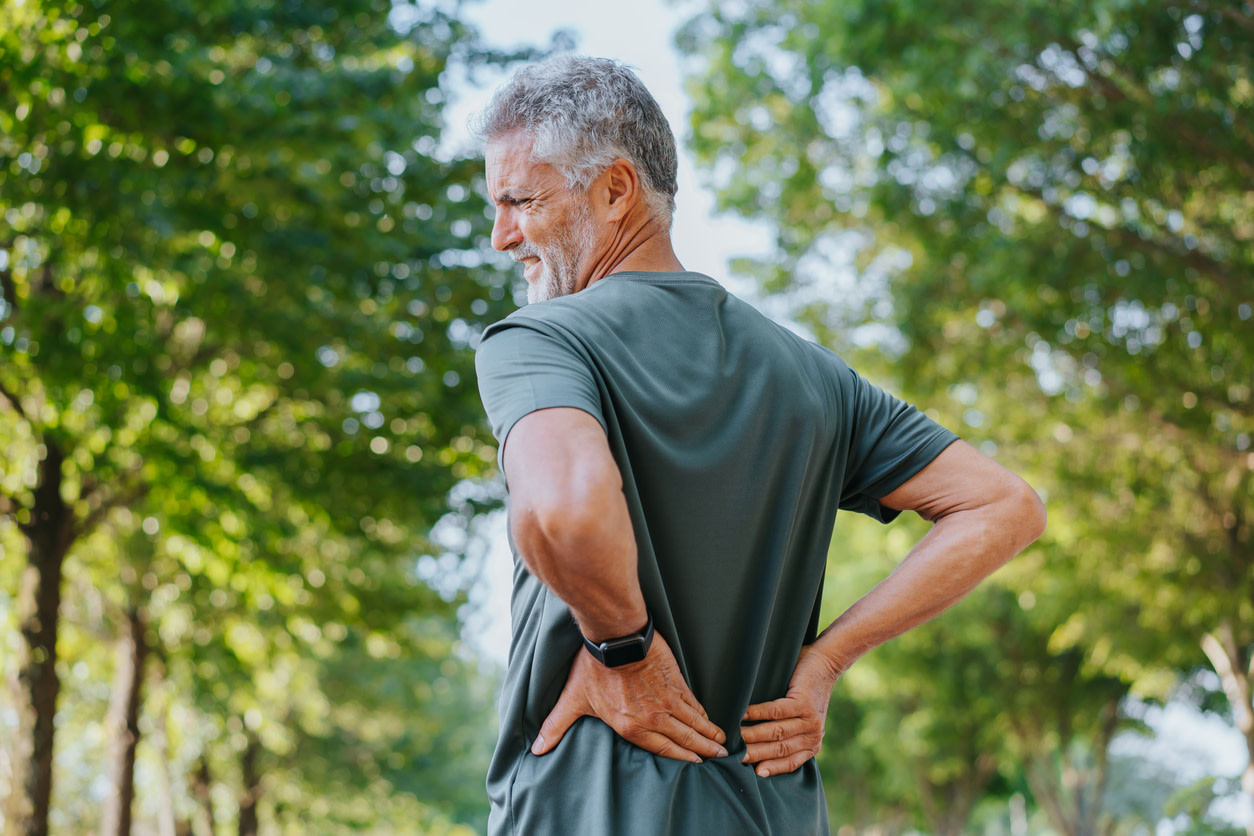How to Treat Paraspinal Muscle Spasm, According to Physical Therapists
Learn more about what causes paraspinal muscle spasms and get the exercises that can help provide relief, recommended by physical therapists.
0 $ pour vous
Date de publication : Oct 23, 2024
Table des matières
Fully covered back pain relief
Find relief from lower back pain, a thrown out back, sciatica, & more.
Check if I'm eligiblePT-Approved Exercises for Paraspinal Muscle Spasm Relief
Want expert care? Check if you're covered for our free program →- Head Nods
- Resisted Serratus Hug
- Open Book Rotation
- Standing Child’s Pose
